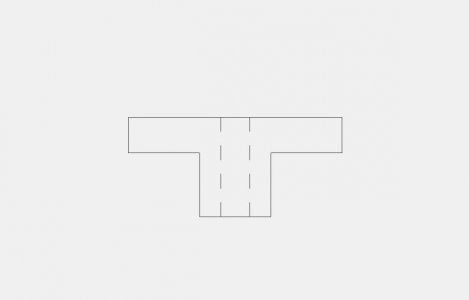The project is to make a 90 tooth 10 tpi Acme aluminum gear. The tools are a South Bend 9a and a 1/2 inch Acme tap. The blank is a 2.9 inch diameter aluminum disc 1/4 inch thick. The first objective is to make a functional adapter to hold the blank. Here is how far I have gotten:
When tightened the assembly is solid and the blank can rotate. However it has too much up and down free play. It move about 1/8 of an inch down at the point of contact with the tap. This troughs the cutting position of the tap off.
Question: Does this method generally work or should the blank be held in some kind of a bearing jig? Is this an issue of needing to adjust the spacers to cut out free play or is the method too simple to work? The spacer is relatively thin, about 1 inch in diameter. Should I make a thicker spacer, say 2 1/2 inches in diameter to cut out the free play?
- A 2 inch long T nut in the compound replacing the tool post.
- A 2 inch long bolt with about about an inch of spacers to bring the gear blank up to the level of the tap.
- The aluminum blank itself.
When tightened the assembly is solid and the blank can rotate. However it has too much up and down free play. It move about 1/8 of an inch down at the point of contact with the tap. This troughs the cutting position of the tap off.
Question: Does this method generally work or should the blank be held in some kind of a bearing jig? Is this an issue of needing to adjust the spacers to cut out free play or is the method too simple to work? The spacer is relatively thin, about 1 inch in diameter. Should I make a thicker spacer, say 2 1/2 inches in diameter to cut out the free play?


